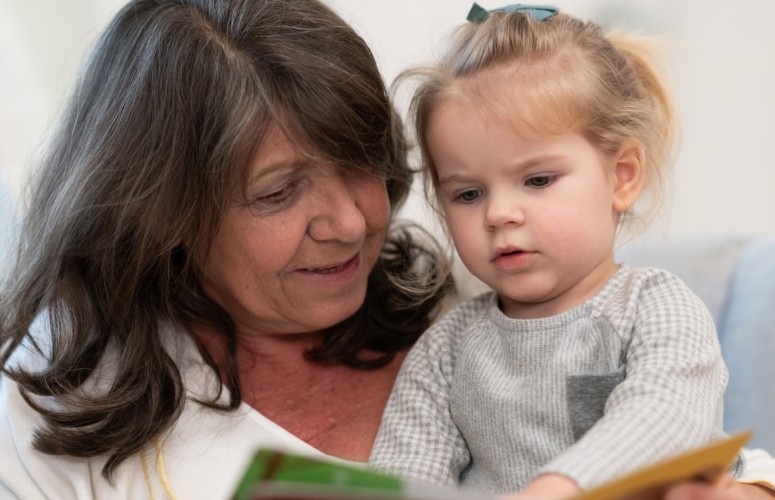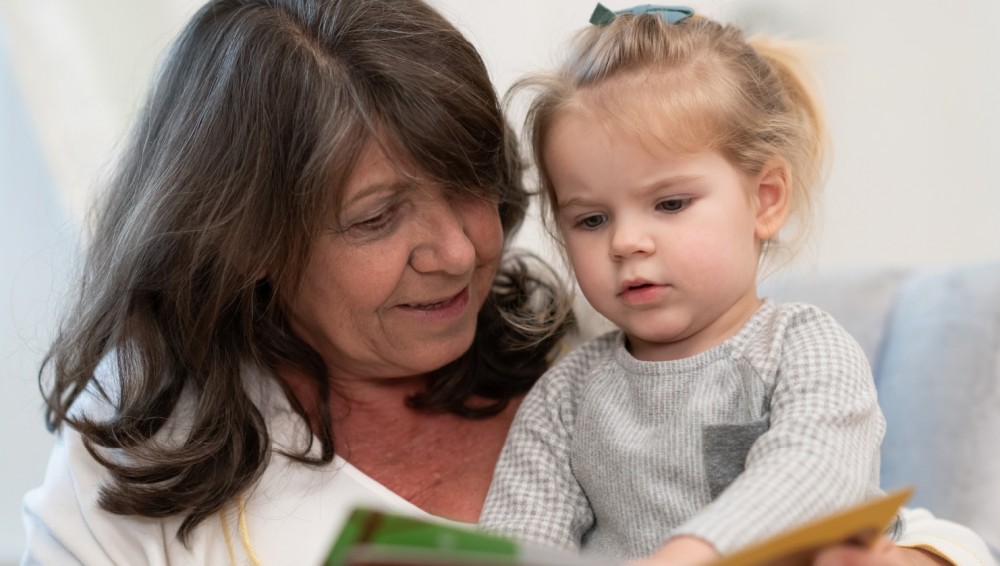Not all children find interacting with other people easy. There are lots of different reasons for this.
All children can build on their interaction skills with support – here are some ideas of how to help build connections
Join in! The most helpful thing to try is joining in with what your child is interested in (whatever it is!). Follow their lead. Try not to imitate everything, like a mirror, but match your activities together, sharing your attention to the same things.
Don’t worry about eye contact if it is difficult at the moment.
People games work well for building connections. Try peek-a-boo, making funny faces, tickling, chasing, physical fun like bouncing and swinging, and simple turn-taking games.
Ideal objects are bubbles, balloons, balls, cause and effect toys (simple slides, lights and sounds), and first musical instruments.
Action songs are great for building interaction – repetition can become familiar and reassuring. Try pat-a-cake, row row your boat, if you’re happy and you know it.
Simply being together and sharing space can be so valuable, without a plan to teach anything. Skills will build gradually and naturally.
“Burst pause” sequences can help build anticipation of interaction, and engagement. These are when you do something that engages your child, then hold a pause for a prompt to do it again.
Good activities for this are hiding games, ready steady go, making interesting sounds, or trying pausing in between a line of a favourite song – join in with what they enjoy.
Accept any form of response – a movement, sound or facial expression – and treat it as a request to do it again. If you don’t get a prompt at all, carry on, it’ll come!
Repeat activities over and over again – it may feel boring, but familiar activities really help children to learn skills. Routines can be very reassuring.
Keep it fun! If you show that you are enjoying an activity, this helps make the interaction more successful, keeps it going and demonstrates the skills you want to build.
Eye contact is not needed for these activities. Some children find eye-contact difficult and uncomfortable, or distracting from the activity – never force your child to give eye contact. They may prefer eye contact to be very brief, to look slightly away from your face, or to show they are listening in a different way. This is okay – eye contact is not vital for effective communication and engagement.




